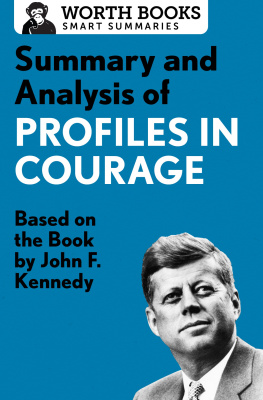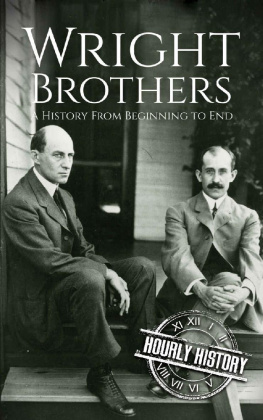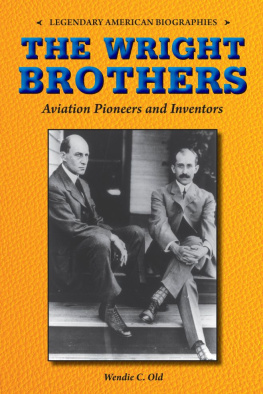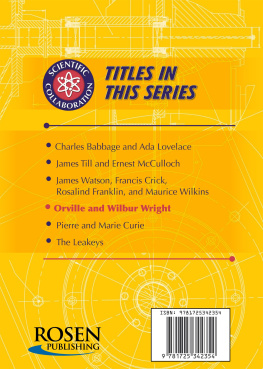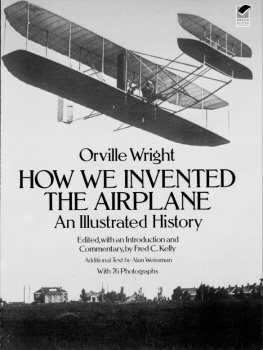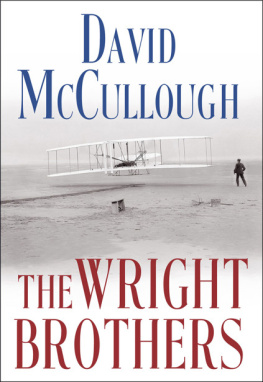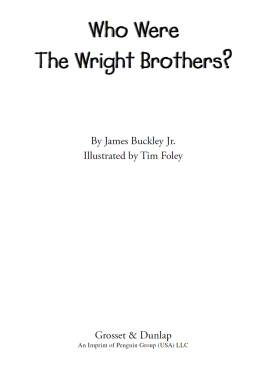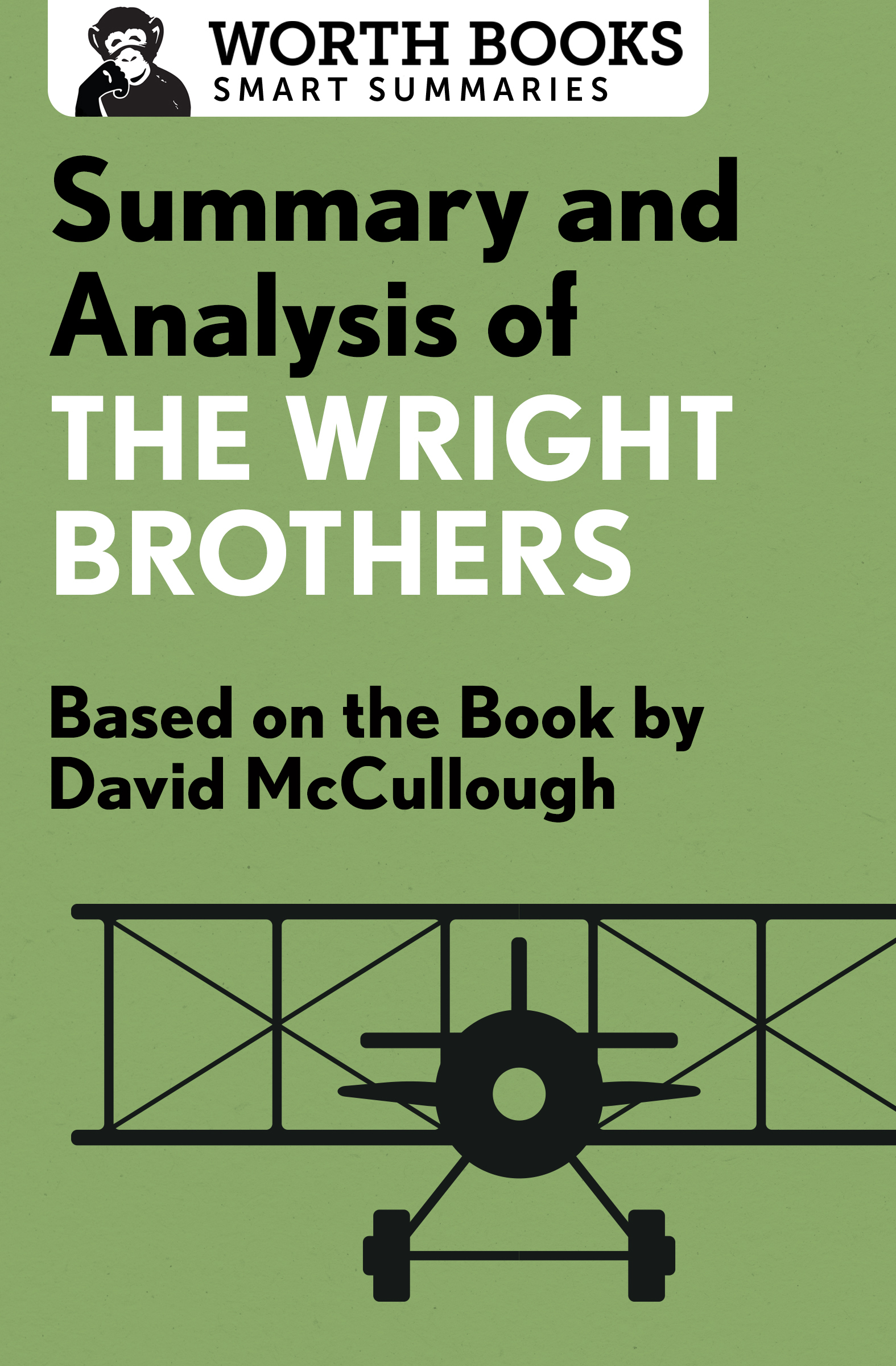Summary and Analysis of
The Wright Brothers
Based on the Book by David McCullough

Contents
Context
David McCulloughs The Wright Brothers was published more than a decade after the 100th anniversary of the historic flight at Kitty Hawk that marked the beginning of the era of aviation. The book came at a time when advances in technology are making changes in our daily liveswitness the growing use of drones for business and personal useand the possibility of commercial space travel looms ever closer.
Although many books about the Wrights have appeared over the years, many of them have focused on the mechanical aspects of manned flight and the ongoing controversy about whether the Wrights were the first to achieve it. In contrast, McCulloughs work focuses on the brothers themselves, their personalities, and the family dynamic that shaped their characters, citing many first-person accounts of the trials and tribulations of their lives.
Of particular interest is the portrait of their sister Katharine, who played a pivotal role in the Wrights success. Following the death of their mother, Susan, Katharine was the only female presence in the Wright household. The first college graduate in the family and a committed feminist, she was both a confidant and an unwavering source of support for the brothers throughout their many successes and failures.
Overview
The Wright Brothers tells the extraordinary story of two young bicycle mechanics from Ohio who, with no formal engineering skills or financial support, built the worlds first practical aircraft, turning mankinds age-old dream of flight into a reality.
David McCullough, the two-time Pulitzer Prizewinning historian, chronicles Orville and Wilbur Wrights odyssey, from their bicycle shop in Dayton to the sand dunes of Kitty Hawk, North Carolina, and the capitals of Europe, where they dazzled spectators and silenced critics with sensational flights that proved they had indeed achieved the conquest of the air.
The book recounts the repeated crashes and mishaps that preceded the brothers historic flight on December 17, 1903; the initial skepticism that greeted it; and the recognition and celebrity that followed. McCullough also touches on the bitter aftermath of their success, which was marred by lawsuits over patent infringement and claims that others had matched their feat earlier.
More than just the history of an invention, The Wright Brothers is the chronicle of a close-knit, if unusual, American family. Orville and Wilbur Wright never married or had children; they lived their entire adult lives in the family home, along with their sister Katharine and their father, Milton, an itinerant preacher. Bishop Milton Wright instilled in his children the values of hard work and tenacity that would sustain them throughout their lives.
The Wright Brothers is written in the direct, conversational prose that has become McCulloughs trademark. The fast-paced narrative is regularly interrupted by quotes that offer glimpses into the brothers personalities, revealing at times an almost boyish wonder with their pursuit. Asked about the long hours they spent observing birds in flight, Orville says. Learning the secret of flight from a bird was like learning the secret of magic from a magician.
In all, The Wright Brothers is a story of luck-and-pluck, a tribute to the American values of perseverance and ingenuity, and the pursuit, not just of happiness, but of dreams. When the brothers launched their Flyer in 1903, few people seriously believed man would ever fly; certainly no one could have predicted that six decades later, a small piece of the Wright Flyer would travel to the moon inside the suit of an astronaut.
Summary
Prologue
Throughout history, mankind has been fascinated with the idea of flying. Many attempts occurred throughout the ages, including that of Abbas ibn Firnas, a scientist in ninth-century Spain who made a short, successful glider flight. In the nineteenth century, European aviators such as Otto Lilienthal began to study aeronautics and sought to simulate bird flight with gliders. The obsession with flying hit the Wright brothers in their childhood, in the form of a helicopter-like toy they received as a present from their father.
Need to Know: Orville and Wilbur Wrights fascination with flight can be traced to a toy helicopter from France, designed by Alphonse Pnaud, which their father gave them as a present. Their captivation with flight was rekindled years later, when Wilbur began reading Otto Lilienthals books on aeronautics.
PART I
Chapter 1. Beginnings
Orville and Wilbur Wright grew up in a close-knit, middle-class family in Dayton, Ohio, which, in the late nineteenth century, was a rapidly industrializing city. Their father, Bishop Milton Wright, imbued his children with the values of hard work and education. Their modest home contained an extensive library and both boys were voracious readers. Each of them showed an early aptitude for mechanics, inspired by their mother, Susan, who died of tuberculosis in 1889.
While in high school, Orville started a printing business with his brother and briefly published a local newspaper, the West Side News . However, they later turned to manufacturing bicycles, which at the time were taking America by storm. Soon they had built a successful bicycle manufacturing company, but Wilbur, at least, was sure his future did not lie in the business world.
Chapter 2. The Dream Takes Hold
While nursing Orville through a bout of typhoid fever, Wilbur began reading the works of Otto Lilienthal, a German flying enthusiast who died in 1896 after a fall from a glider of his own invention. Lilienthal was convinced that man would have to study bird mechanics in order to discover the secrets of aviation. Orville and Wilbur soon began to devour all the published material they could obtain on aerial locomotion.
The brothers built a glider based on the designs of Octave Chanute, a prominent American engineer. Convinced that it could be adapted to carry a pilot, they set out to test the machine at the US location with the highest and steadiest winds: Kitty Hawk, North Carolina.
Chapter 3. Where the Winds Blow
Arriving at Kitty Hawk after a treacherous crossing, Wilbur encountered the most inhospitable place he had ever seen. The high winds kicked up frequent sandstorms on the beach and mosquitoes and ticks were everywhere. Despite all this, Kitty Hawk was still the best location to test the glider. Moreover, it was home to a wide variety of seabirds, whose flight patterns the brothers studied when they were not testing their craft or repairing it after its many crashes.
A second visit to Kitty Hawk in 1901 began with a hurricane, followed by a plague of mosquitoes so overwhelming that the brothers nearly went home. They persevered, however, and in a new set of test flights, concluded that almost everything written so far about aircraft design was erroneous. They would have to build an airplane based on what they learned during their brief, though thrilling, moments in the air.
Chapter 4. Unyielding Resolve
Home again in Dayton, Orville and Wilbur returned to their thriving bicycle business, but spent every free hour conducting experiments in a wind tunnel they built in the workshop above their showroom.
The engineer Octave Chanute, impressed by their research, offered to seek financial support from the industrialist Andrew Carnegie, but the brothers politely declined. They returned to Kitty Hawk in August 1902 with the newly designed Machine No. 3.



